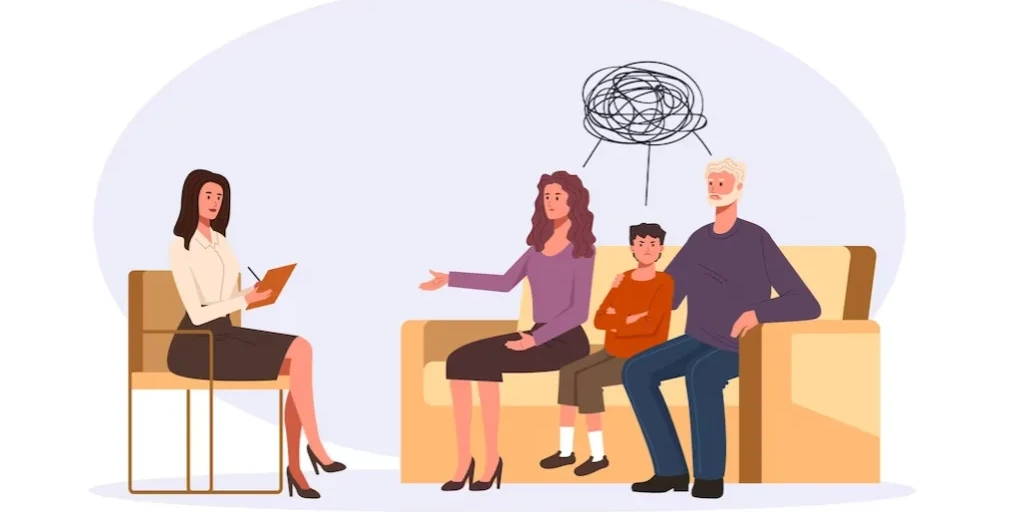24/7 Helpline:
(866) 899-221924/7 Helpline:
(866) 899-2219
Learn more about Opioid Rehab centers in Rawlins County

Other Insurance Options

Anthem

Meritain

Oxford

Self-pay options

Premera

BlueCross

Covered California

Molina Healthcare

MVP Healthcare

Horizon Healthcare Service

ComPsych

Amerigroup
Beacon

CareSource

Health Partners

EmblemHealth

Group Health Incorporated

UMR

Magellan Health

Coventry Health Care

Recovery Center of Northern Virginia
Recovery Center of Northern Virginia offers a variety of services including outpatient, intervention...

















